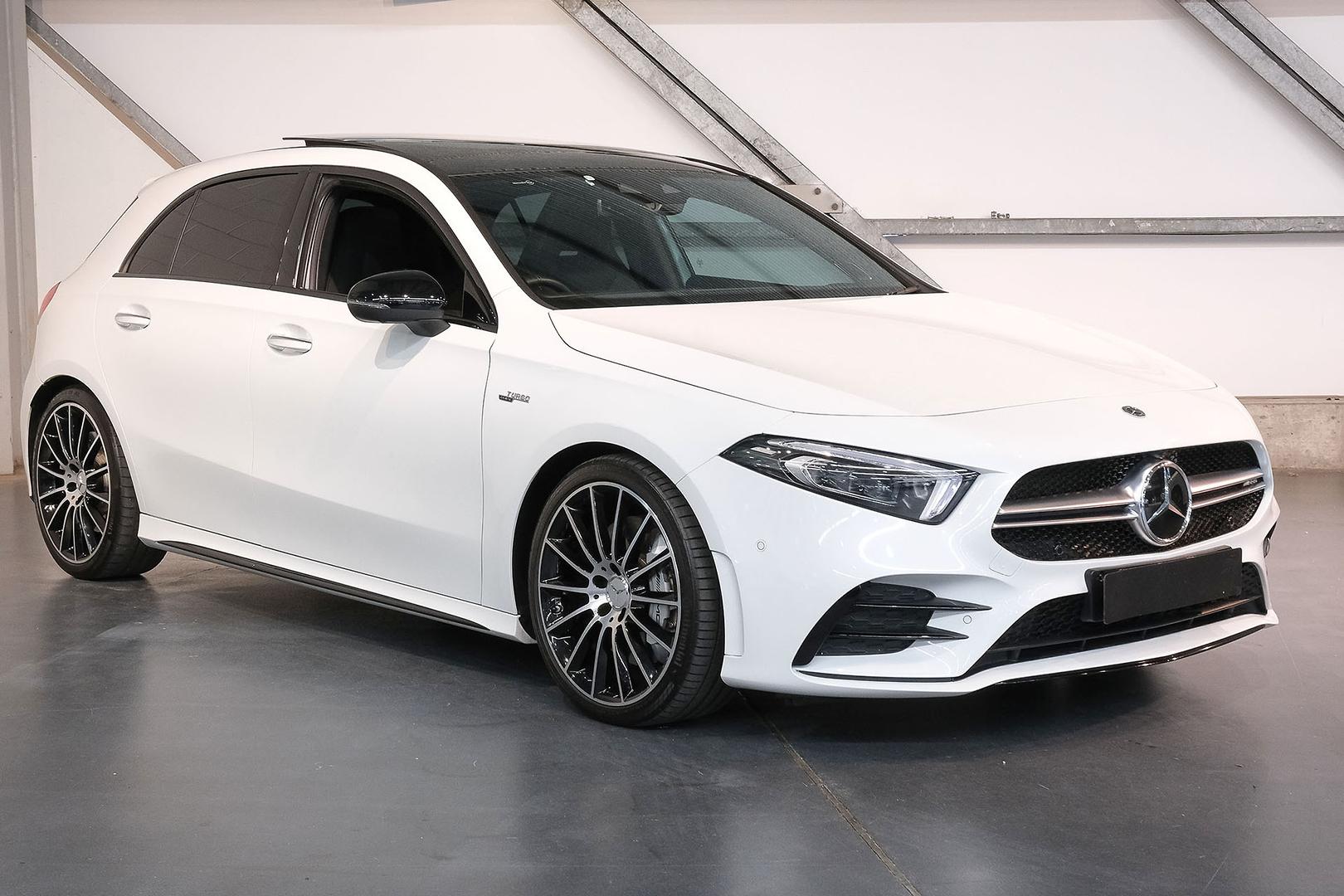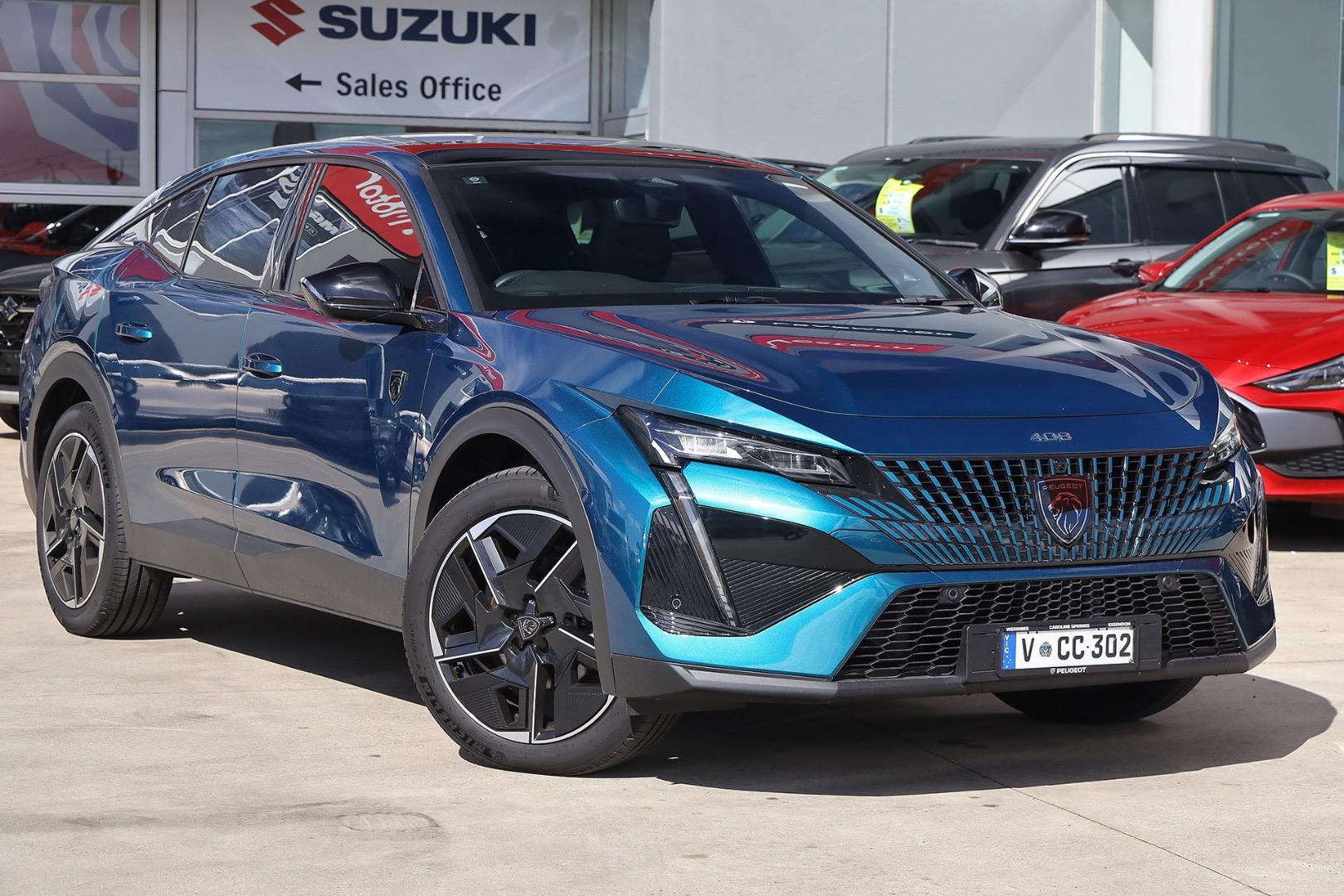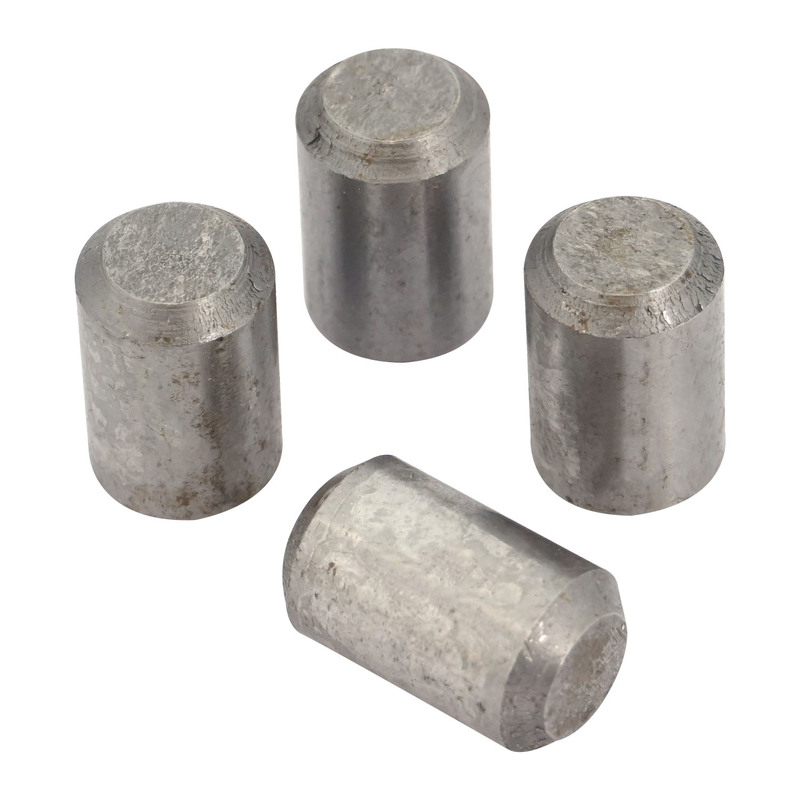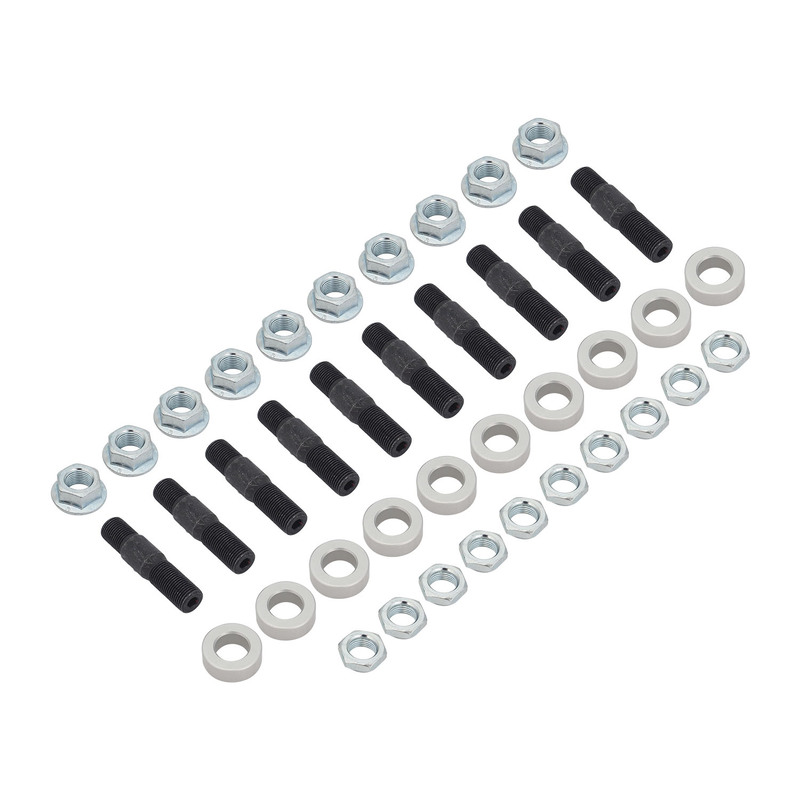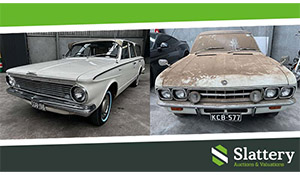Napier ‘Samson’ going to auction
A car with a long and significant Australian history may soon leave our shores, with the 1904 Napier L48 racer that set numerous speed records and was rebuilt by tractor manufacturer Bob Chamberlain going to auction in the USA this February.

The recreation, known as ‘Samson,’ uses the original engine from 1904 and is perhaps better known for its connection to the late Peter Briggs, who displayed the car at his York Motor Museum in Western Australia and also drove it regularly, both here and abroad, at historic events.

Early Pioneer
While Napier only manufactured cars from 1900 to 1924, they had been involved in engineering for almost a century before that. During their period as a manufacturer, they became known for quality and innovation, arguably rivalling Rolls-Royce in these areas. In 1904, they produced the first commercially successful six-cylinder engine, with the car going to auction carrying a derivative of that powerplant.

While the L49 six that powered Napier’s Model 18 was for general use, of 4.9-litre capacity and producing 30bhp, the L48 six was a massive 15.0 litres and produced around 90bhp. Made specifically for racing, the engine was matched to a two-speed gearbox and fitted into a stripped-down Napier chassis with semi-elliptic leaf spring suspension front and rear. Terrifyingly, for a car of this size and power, there were only brakes on the rear wheels.
Copper cooling tubes that, wrapped around the big six, gave the car a distinctive look – this was allegedly the objective, rather than any advantage in aerodynamics or cooling. Unveiled in June, 1904, the racing L48 made its competition debut in the UK that year.

In January of 1905, the Napier was sent to the USA, where it set a new Flying One Mile World Record (the predecessor of the World Land Speed Record) of 104.65mph (168km/h) at Daytona Beach. Five, Ten and Twenty Mile records were broken at the same event. At the 1905 Gordon Bennett Cup in France, the Napier was the fastest entrant, but finished the race in ninth. Back home in the UK, the L48 set new British speed records, all with an engine that produced “only” 90bhp – up to 240bhp would come with Chamberlain’s restoration.
Between 1906 and 1908, the Napier continued to be raced, gaining an even larger 20-litre engine along the way. With this engine, the car gained the ‘Samson’ nickname, presumably in reference to those copper cooling tubes looking like the flowing locks of the biblical character.
The two engines would be alternated in the chassis, depending on the event, by 1908, newer developments in cars and engineering meant both big sixes were regularly being outclassed.

FROM NAPIER TO NAUTILUS
After setting a final few speed records at Brooklands in 1908, Napier retired the car, selling the original 15.0-litre engine to Melbourne brothers, Fred and Percy Cornwell. While the wealthy brothers were motor racing enthusiasts, their intention with the Napier L48 was to use it for powerboat racing. In 1912, they had the ‘Nautilus II’ hydroplane built, within which they placed the L48 that now reportedly produced 120bhp.

With this engine, Nautilus II won the nationally-contested E.C. Griffth Cup for powerboats in 1914 and 1915, but in 1919, a more powerful Sturtevant V8 aircraft engine was fitted. The L48 six was left in a corner of the Cornwell’s pottery factory, forgotten until it was discovered by Bob Chamberlain in 1950. Coincidentally, Samson’s second engine, the 20-litre six, would also be repurposed in a powerboat, but that was lost when the boat sank.

THE CHAMBERLAIN PROJECT
Chamberlain, already noted for his advanced tractor designs, appreciated the engineering of the big six and initially intended to just clean it up and display it. However, by 1977, he had decided a more fitting way to honour the engine was to recreate the Napier racer in its 1908 spec. Chamberlain certainly didn’t half arse it, sourcing multiple photos of the car in period to get the body right. He also managed to access Napier’s original factory drawings, located in the London Science Museum, to get measurements and other crucial details correct.

Even with the resources of Chamberlain engineering at his disposal, Bob didn’t complete the recreation until 1982, after which the reborn ‘Samson’ had its first shakedown at Sandown Raceway during the Castrol 400 touring car round. A run at the Geelong Speed Trials followed, where Chamberlain recorded an impressive time of 16.9 seconds on that event’s unique quarter-mile sprint course.
In 1983, Chamberlain and former F1 racer Tony Gaze drove the car at up to 100mph on a Victorian airstrip, after which it was sent to the UK. Paraded at Donington and Brooklands, the Napier also competed in sprints and hillclimbs over there.

BRIGGS AND YORK
At Chamberlain’s estate auction in 1993, the Napier was purchased by Peter Briggs, who displayed it proudly in the renowned York Motor Museum he’d established in 1979. Briggs continued to drive the car, too. In 1999, he was invited to display it at the prestigious Pebble Beach Concours d’Elegance in California, followed by an invite to the Goodwood Festival of Speed in 2000.
TO AUCTION
Following Briggs’s death in 2022, attempts to sell the car locally failed, so consigning it for Bonhams’ Amelia Island auction in the USA this February should bring it to a wider audience. With Amelia Island being close to Daytona Beach - where the Napier set world records more than a century ago - it made sense to offer the car there, too.

Bonhams Amelia Island auction is scheduled for 29 February, at the Fernandina Beach Golf Club in Amelia Island, Florida. For more details, go to: bonhams.com
Photos: Courtesy of Bonhams and Graeme Cocks.




